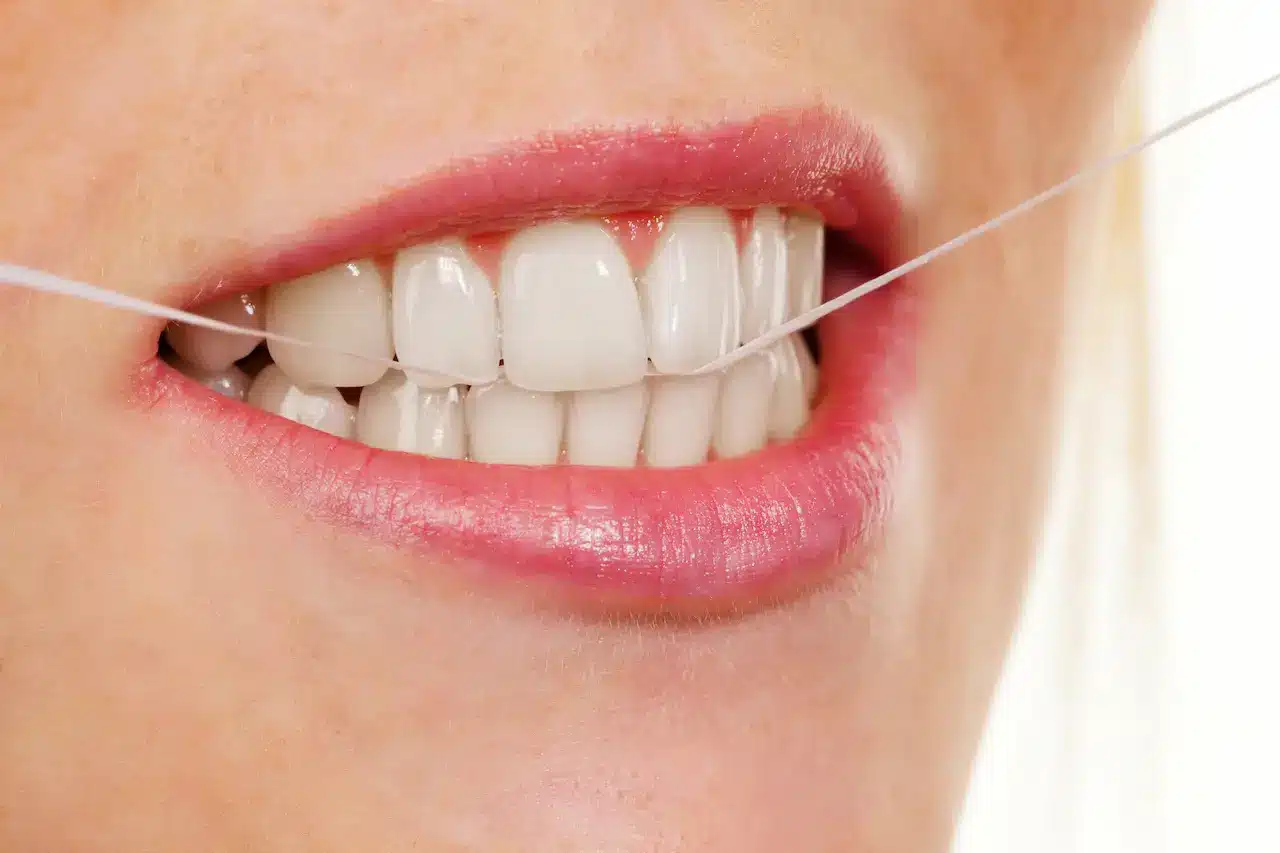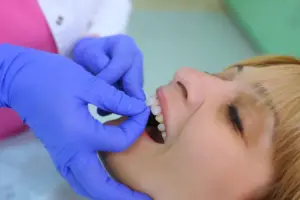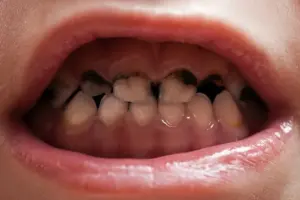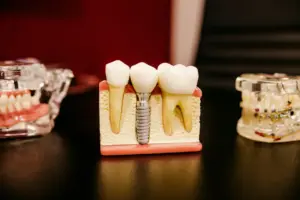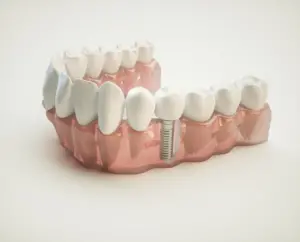The History Of Dental Floss
Table of Contents
ToggleIntroduction
Dental floss is a thin-filament cable that is used for interdental cleaning, which helps to clean between teeth and other hard-to-reach areas that a toothbrush cannot or will not reach. Maintaining oral health is an objective of using it regularly as part of dental cleaning.
Using floss can help prevent plaque accumulation and gingivitis. According to the American Dental Association, flossing can remove up to 80% of plaque, and people who have orthodontic devices may benefit more from it. Nonetheless, there is still a dearth of empirical scientific data supporting the therapeutic advantages of flossing in addition to regular dental brushing.
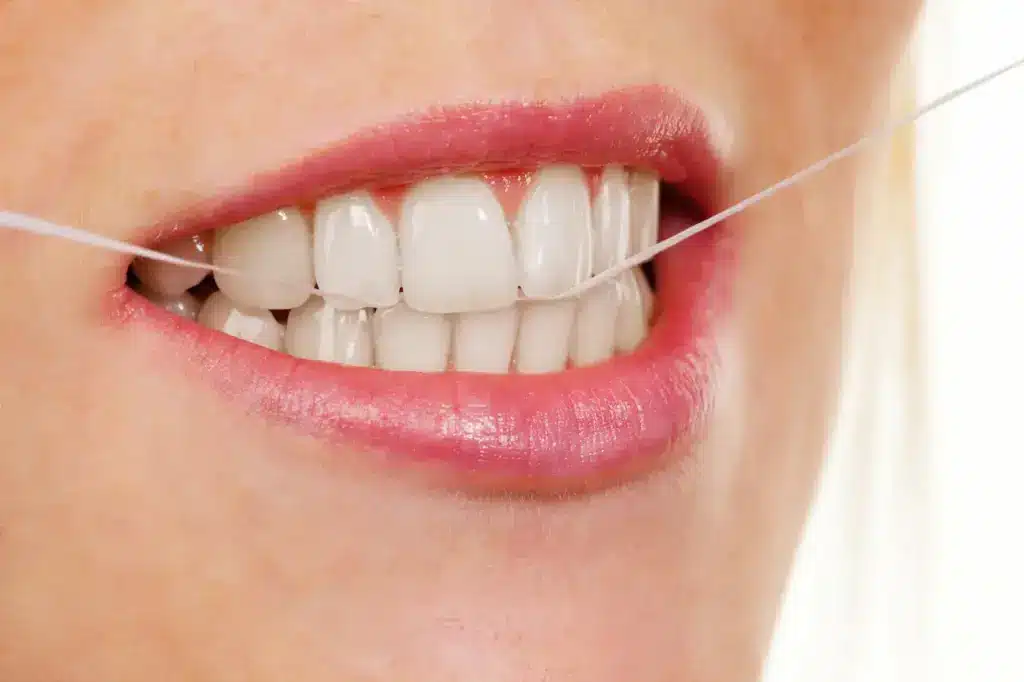
What is dental floss?
Dental floss is an interdental cleaner that can reach places your toothbrush cannot, such as in between teeth and along the gum line. Conventional dental floss consists of a thin, easily slipped strand between teeth. You can cut the floss to the length that suits you with the little cutter that comes with it in roll form. The composition of floss has evolved throughout time, and a wide range of materials and applications are now available to make flossing more convenient and pleasant.
One of the most important components of good oral hygiene is dental floss. But just 13% of Americans, according to the ADA, floss every day. It’s astonishing that patients don’t take flossing more seriously since it’s not a novel idea at all. Indeed, research findings indicate that interproximal tooth brushing may have begun as early as the Prehistoric era. While the original floss was essentially the same as what is sold in stores today, there have been significant design improvements to make using floss easier and more pleasant.
How does floss serve?
To get rid of plaque, food particles, and bacteria from your teeth’s surface, the American Dental Association advises brushing twice a day. A toothbrush cannot reach every area of your mouth, even though it is helpful and essential. In terms of your dental health, this is where flossing counts. With floss, you can get in between your teeth and get rid of bacteria and plaque before they erode your teeth’s enamel or form calculus along your gum line, which can cause gum disease. Floss has fine strands that make this possible.
How to use dental floss?
For optimal outcomes, it is essential to use dental floss correctly. To prevent bringing additional bacteria into your mouth, always wash your hands before flossing. Using a length of floss measuring approximately 18 inches, wrap each end around your middle or index finger. Gain a one- to two-inch segment of floss between your fingers by pinching it between your thumbs and index fingers. Make little, zigzag movements with the floss to move it between your teeth. For maximum plaque removal, form a “C” shape with the floss as you wrap it around each tooth. Gently run the floss along the entire tooth’s surface, stopping just below the gum line. To display a clean section of floss, adjust your finger wrap between each tooth.
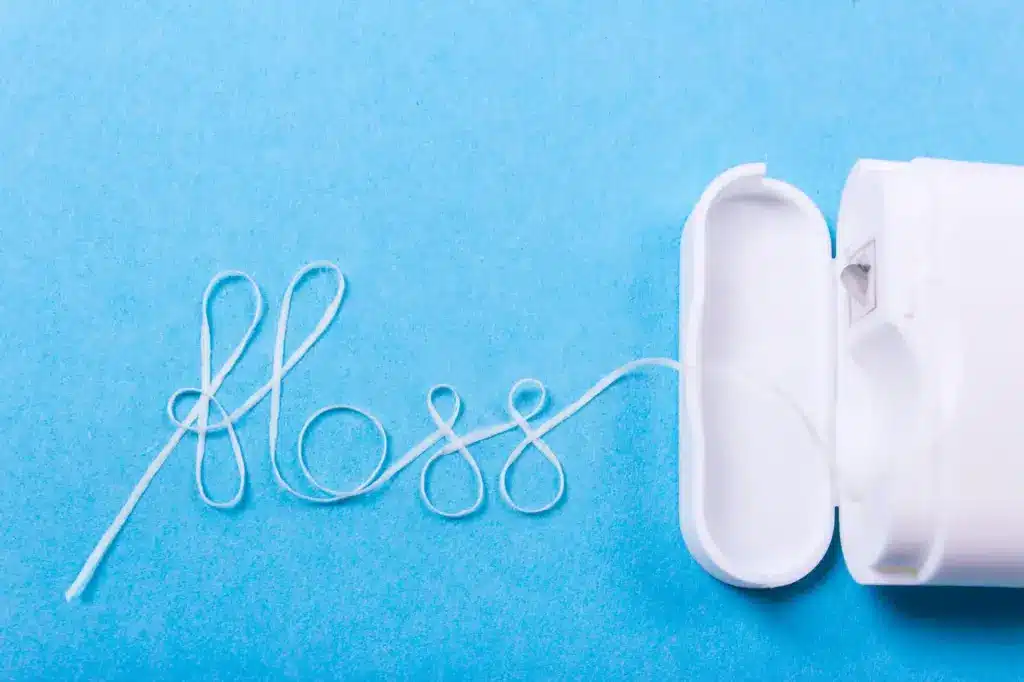
Who invented floss?
Levi Spear Parmly, a dentist, invented floss as we know it today more than 200 years ago in 1815. In his book “A Practical Guide to the Management of Teeth,” he encouraged the use of waxen silk threads and introduced their use. He thought that the best and safest way to remove food particles, bacteria, and plaque—which he believed to be the true causes of disease—was through this new approach to oral hygiene.
History of dental floss
Ancient origins
Dental hygiene practices, such as the usage of rudimentary dental floss, may have existed for thousands of years, according to archeological discoveries. For example, 3,000 BC relics from antiquity demonstrate that individuals utilized plant, animal, and even twig fibers to clean in between their teeth.
Silk Floss in China
It has been said that silk thread was utilized as dental floss in China throughout the 1800s. Chinese immigrants or travelers probably brought this silk floss to the West.
Current Developments in Floss
Early 19th Century: Dental floss is frequently credited with being introduced to the United States in the early 19th century by American dentist Dr. Levi Spear Parmly. He suggested cleaning in between teeth using silk thread.
Late 19th century: The Codman and Shurtleff company started selling dental floss made of unwaxed silk in 1882. One of the first dental floss products sold commercially in the US was this one.
20th Century: Throughout the 20th century, dental floss grew increasingly accessible and frequently used. Early in the 20th century, dental floss was primarily made of silk. But in the 1940s, nylon took the place of silk as the preferred floss material because it was more affordable and readily available.
1960s and Later Years: With the advent of new floss varieties like dental tape, which is a broader, flat floss, and waxed floss, consumers now have more alternatives for their daily oral hygiene regimens.
Floss Selections and Other Novelties: Many people now find flossing to be more convenient because of advancements like floss picks, often called flossers, which have been around for a few decades. Usually, a short plastic handle with a bit of floss stretched between two prongs is all that makes up these portable gadgets.
Current Trends: Dental floss is now commonly acknowledged as being a crucial part of proper oral hygiene. Along with brushing and mouthwash, it is advised by oral health specialists and dentists as part of a regular oral hygiene regimen.
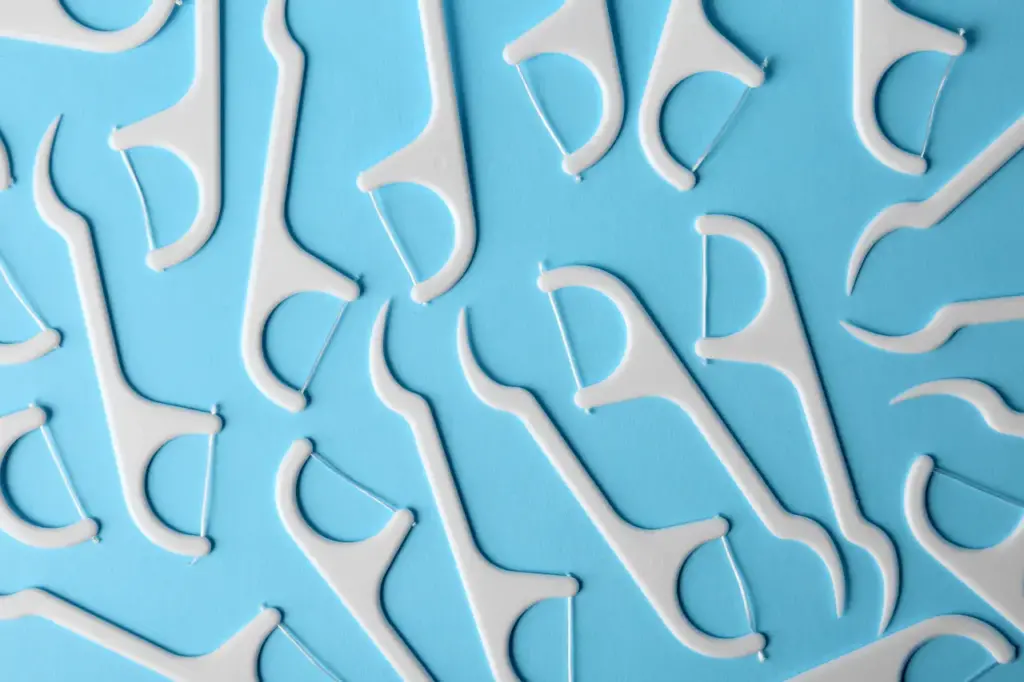
Is flossing important?
There are around 500 different types of bacteria in plaque and your mouth. Certain types of bacteria are beneficial to your oral health, while others are not. Plaque, if left to accumulate on teeth, can erode tooth enamel and cause gum disease. Even though brushing eliminates most of the plaque from your teeth, plaque can still accumulate in the crevices between your teeth. The sole method to get rid of bacteria, food particles, and plaque from in between your teeth and lessen the accumulation that can lead to gum disease and cavities is to floss.
Conclusion
The fascinating journey of innovation and evolution in oral hygiene practices may be seen in the history of dental floss. Dental floss has come a long way from its early days of employing crude materials like horsehair to its current forms made of nylon and Teflon coated. Its evolution has been propelled by an increasing recognition of the significance of dental health and hygiene.
Different cultures have separately understood the need to clean in between teeth to maintain oral health throughout history. But floss did not start to appear in a recognizable shape until the early 19th century. Since then, a variety of flossing products catered to various tastes and requirements have emerged as a result of ongoing invention and improvement.
Dental floss is being widely used, which emphasizes its important function in preventive dental care by helping to remove debris and plaque from places where brushing alone cannot. Dental floss’s continued use emphasizes how important it is to keep teeth and gums healthy even as oral hygiene practices change.

